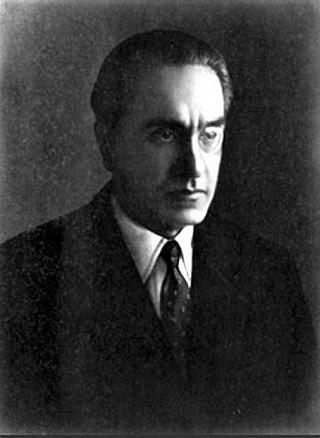
Giulio Cesare Andrea "Julius" Evola was an Italian far-right philosopher. Evola regarded his values as traditionalist, aristocratic, martial, and imperialist. An eccentric thinker in Fascist Italy, he also had ties to Nazi Germany; in the post-war era, he was an ideological mentor of the Italian neo-fascist and militant Right.

The March on Rome was an organized mass demonstration in October 1922 which resulted in Benito Mussolini's National Fascist Party ascending to power in the Kingdom of Italy. In late October 1922, Fascist Party leaders planned a march on the capital. On 28 October, the fascist demonstrators and Blackshirt paramilitaries approached Rome; Prime Minister Luigi Facta wished to declare a state of siege, but this was overruled by King Victor Emmanuel III, who, fearing bloodshed, persuaded Facta to resign by threatening to abdicate. On 30 October 1922, the King appointed Mussolini as Prime Minister, thereby transferring political power to the fascists without armed conflict. On 31 October the fascist Blackshirts paraded in Rome, while Mussolini formed his coalition government.
Sergio Panunzio was an Italian theoretician of national syndicalism. In the 1920s, he became a major theoretician of Italian Fascism.
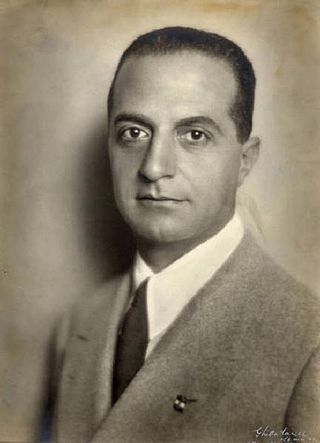
Giuseppe Bottai was an Italian journalist and member of the National Fascist Party of Benito Mussolini.

Edmondo Rossoni was a revolutionary syndicalist leader and an Italian fascist politician who became involved in the fascist syndicalist movement during Benito Mussolini's regime.
The Aventine Secession was the withdrawal of the parliament opposition, mainly comprising the Italian Socialist Party, Italian Liberal Party, Italian People's Party and Italian Communist Party, from the Chamber of Deputies in 1924–25, following the murder of the deputy Giacomo Matteotti by fascists on 10 June 1924.

Amerigo Dumini was an American-born Italian fascist hitman who led the group responsible for the 1924 assassination of Unitary Socialist Party leader Giacomo Matteotti.

The Fasci Italiani di Combattimento was an Italian fascist organisation created by Benito Mussolini in 1919. It was the successor of the Fasci d'Azione Rivoluzionaria, being notably further right than its predecessor. The Fasci Italiani di Combattimento was reorganised into the National Fascist Party in 1921.
Il Popolo d'Italia was an Italian newspaper published from 15 November 1914 until 24 July 1943. It was founded by Benito Mussolini as a pro-war newspaper during World War I, and it later became the main newspaper of the Fascist movement in Italy after the war. It published editions every day with the exception of Mondays.

The "Manifesto of Fascist Intellectuals", by the actualist philosopher Giovanni Gentile in 1925, formally established the political and ideologic foundations of Italian Fascism. It justifies the political violence of the Blackshirt paramilitaries of the National Fascist Party, in the revolutionary realisation of Italian Fascism as the authoritarian and totalitarian rėgime of Prime Minister Benito Mussolini, who ruled Italy as Il Duce, from 1922 to 1943.

The Exhibition of the Fascist Revolution was an art exhibition held in Rome at the Palazzo delle Esposizioni from 1932 to 1934. It was opened by Benito Mussolini on 28 October 1932 and was the longest-lasting exhibition ever mounted by the Fascist regime. Nearly four million people attended the exhibition in its two years. Intended to commemorate the revolutionaries who had taken part in the rise to power of Italian fascism, the Exhibition was supposed to be, in Mussolini's own words, "an offering of faith which the old comrades hand down to the new ones so that, enlightened by our martyrs and heroes, they may continue the heavy task."
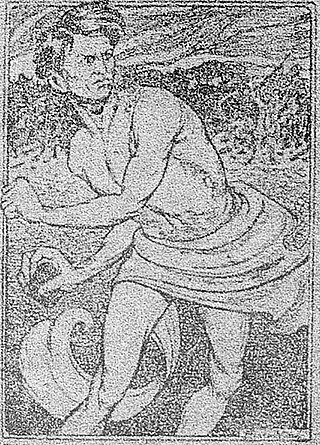
The Fasci d'Azione Rivoluzionaria was an Italian political movement founded in 1914 by Benito Mussolini, and active mainly in 1915. Sponsored by Alceste De Ambris, Mussolini, and Angelo Oliviero Olivetti, it was a pro-war movement aiming to promote Italian entry into World War I. It was connected to the world of revolutionary interventionists and inspired by the programmatic manifesto of the Fascio Rivoluzionario d'Azione Internazionalista, dated 5 October 1914.

The Sandro Italico Mussolini School of Fascist Mysticism was established in Milan, Italy in 1930 by Niccolò Giani. Its primary goal was to train the future leaders of Italy's National Fascist Party. The school curriculum promoted Fascist mysticism based on the philosophy of Fideism, the belief that faith and reason were incompatible; Fascist mythology was to be accepted as a "metareality". In 1932, Mussolini described Fascism as "a religious concept of life", saying that Fascists formed a "spiritual community".
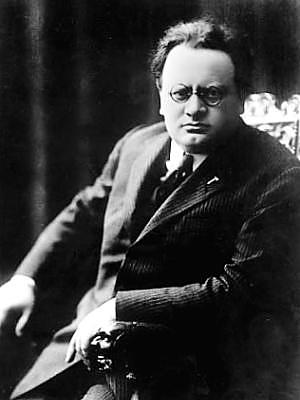
Arnaldo Mussolini was an Italian journalist and politician. He was the brother of fascist Prime Minister of Italy Benito Mussolini, and a fascist himself. He was also the brother of Edvige Mussolini and the brother-in-law of Rachele Mussolini.
Fascist mysticism was a current of political and religious thought in Fascist Italy, based on Fideism, a belief that faith existed without reason, and that Fascism should be based on a mythology and spiritual mysticism. A School of Fascist Mysticism was founded in Milan on April 10, 1930. Active until 1943, its main objective was the training of future Fascist leaders who were indoctrinated in the study of various Fascist intellectuals who tried to abandon the purely political to create a spiritual understanding of Fascism. Fascist mysticism in Italy developed through the work of Niccolò Giani with the decisive support of Arnaldo Mussolini.

Leopoldo "Leo" Longanesi was an Italian journalist, publicist, screenplayer, playwright, writer, and publisher. Longanesi is mostly known in his country for his satirical works on Italian society and people. He also founded the eponymous publishing house in Milan in 1946 and was a mentor-like figure for Indro Montanelli.
L'Italiano was a weekly literary and arts magazine that existed between 1926 and 1942 in Italy. Its full title was L'italiano: rivista settimanale della gente fascista. It is one of the magazines founded and edited by the well-known Italian journalist Leo Longanesi. Its subtitle was Foglio della Rivoluzione Fascista, and its motto was "Mussolini is always right" which was also adopted and employed by the Fascist regime.
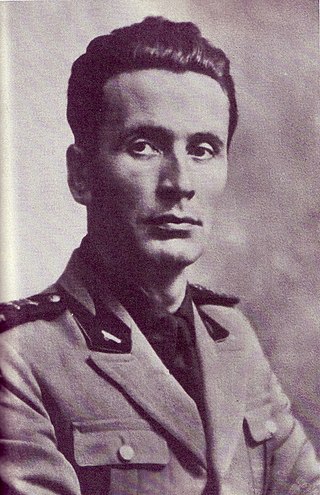
Niccolò Giani was an Italian Fascist philosopher and journalist who was the founder of Fascist mysticism.

Gaetano Polverelli (1886–1960) was an Italian journalist and politician who served as the minister of popular culture in the cabinet of Benito Mussolini being the last Fascist to hold the post.














